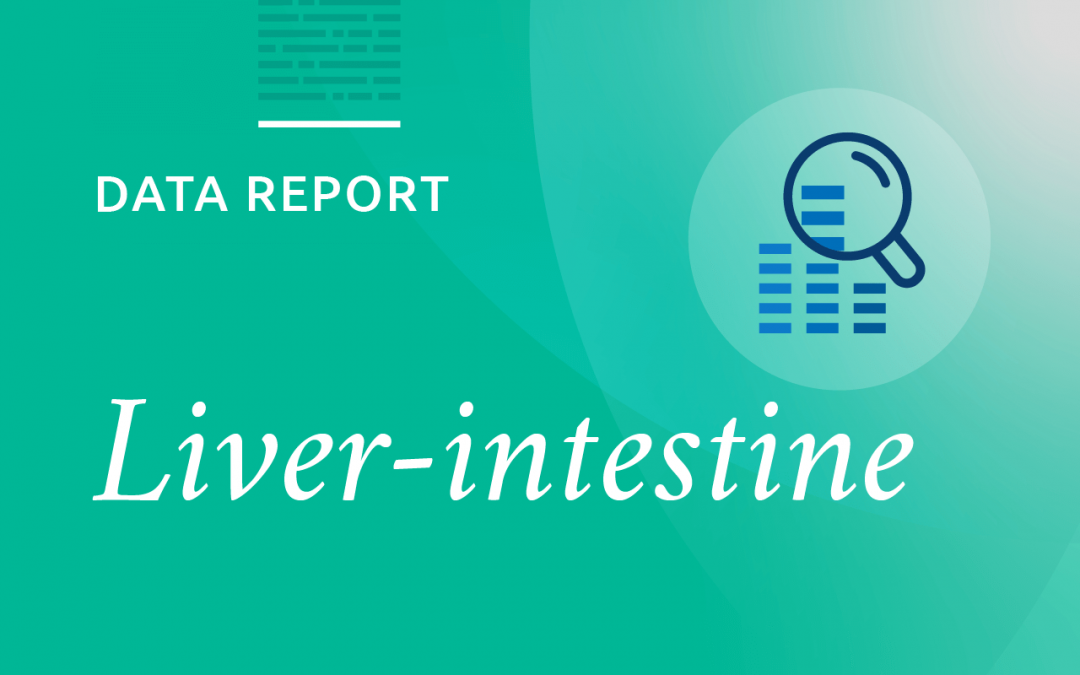A data report is available in the Liver and Intestine section of Resources on the OPTN website. The report contains key measures of the new liver and intestinal organ allocation policy for the 18-month period from initiation in early February 2020 through early August 2021.
Since much of the post-implementation period has coincided with the COVID-19 pandemic, its effect on system performance should be considered. Keeping that in mind, several key trends are apparent:
- Deceased donor liver-alone transplants increased by 5.1 percent since policy implementation. There were also 98 more simultaneous liver-kidney transplant recipients in the post-policy timeframe.
- Transplant rates increased significantly for candidates with a MELD or PELD score of 29 or higher and for Status 1A and 1B candidates.
- There were 133 fewer waiting list removals for death or too sick to transplant post-policy compared to pre-policy.
- The great majority of liver transplant programs have experienced similar or higher transplant volume after the policy change.
- As intended in the policy, geographic variability in median urgency scores at transplant has decreased at the levels of donation service area, state and region. The national median score at transplant for adult recipients remained unchanged at 28; the national median score at transplant for pediatric recipients dropped from 35 to 30.
- The median distance between donor hospital and transplant hospital has increased, particularly for recipients with higher medical urgency. More transplants are being performed at distances between 250 and 500 nautical miles. Median cold ischemic time increased only slightly (roughly 11 minutes for adult recipients; about 33 minutes for pediatric recipients).
- While there were fewer deceased donors with a liver recovered (decreased utilization rate) since the policy came into effect, the liver discard rate has remained stable.
- The total number of intestine transplants remained the same before and after the policy took effect.
A subsequent monitoring report will be posted with two years of follow-up data.
Learn more about liver-intestine policy
Originally published Dec. 21, 2021

